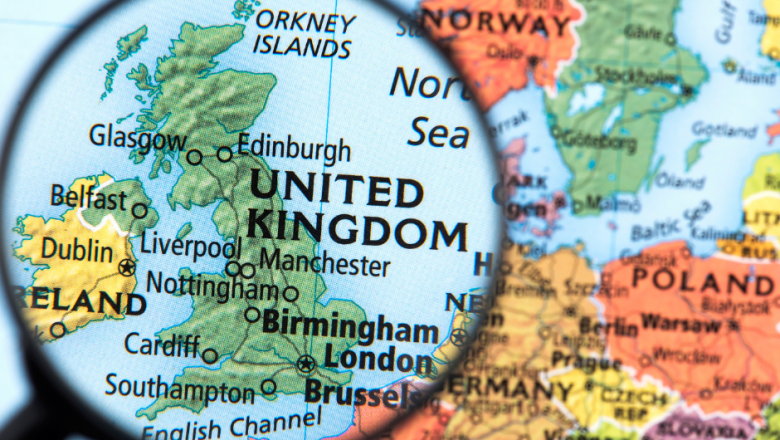Top Tips for Better LinkedIn Posts
The first line of a LinkedIn post is critical
Give very careful thought to your first line, because as your LinkedIn audience reads it this is the moment when they will decide whether to continue reading your post or just scroll on past it.
Never underestimate the power of the visual
Creating content isn’t just about the writing itself. Use images that support the content. This improves the overall reading experience. And don’t forget to optimise your images. A high percentage of LinkedIn engagement is on mobile devices, so make sure your images suit small devices as well. Use video content where you can, as this also helps greatly to drive engagement. Videos should start with essential information and end with your call to action (see below).






